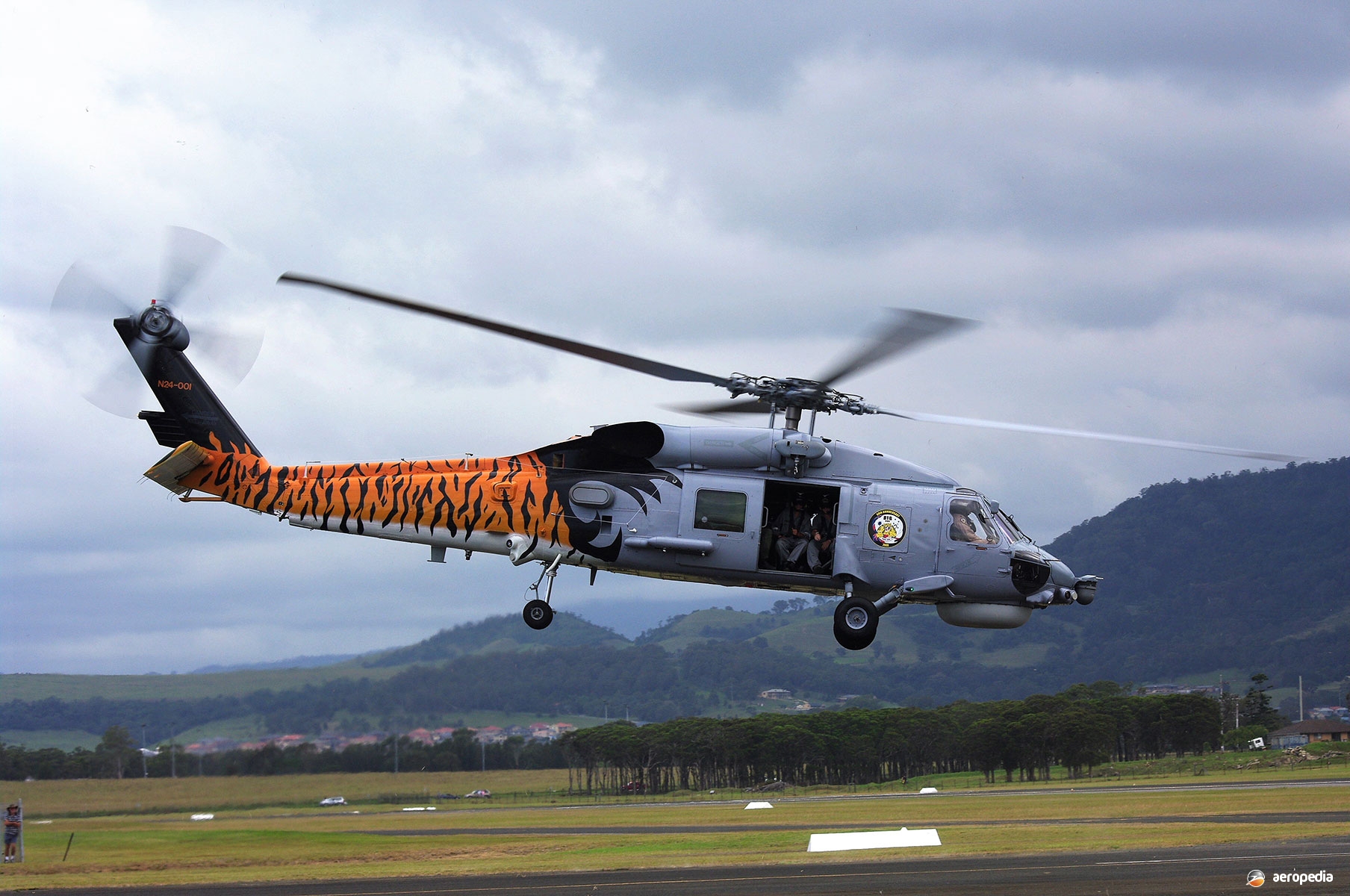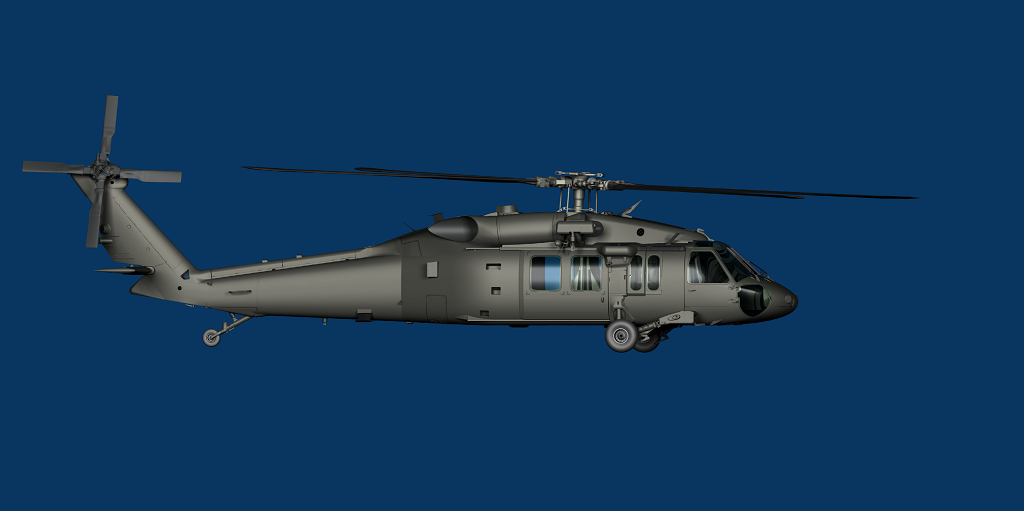Inside the Sikorsky S 70: What Sets This Helicopter Apart from Its Competitors
Inside the Sikorsky S 70: What Sets This Helicopter Apart from Its Competitors
Blog Article
Rotary-Wing Aircraft Offering Superior Resilience and Accuracy Design
In the world of aeronautics, rotary-wing aircraft have actually long been acknowledged for their unique abilities in numerous operational environments. From army missions to private applications, the advancement of rotary-wing technology has led the way for machines that use unrivaled toughness and accuracy design. Through developments in materials and building strategies, paired with innovative trip control systems, these airplanes have actually come to be indispensable tools for tasks that demand both robustness and accuracy. As we check out the elaborate balance between advancement and integrity in rotary-wing airplane, it comes to be obvious that the merging of innovative modern technology and tried and tested layout principles has set a brand-new criterion for efficiency and effectiveness in the aerospace market.
Advancement of Rotary-Wing Modern Technology
Throughout the history of aviation, the advancement of rotary-wing modern technology has actually been a testimony to constant technology and improvement in aeronautical design. From the early days of upright flight with rudimentary layouts to the advanced helicopters and various other rotary-wing aircraft these days, the development in this field has actually been remarkable.
In the very early 1900s, pioneers like Igor Sikorsky and Juan de la Cierva made substantial strides in rotary-wing technology. Sikorsky's VS-300 helicopter, initial flown in 1939, marked a turning point in the advancement of practical rotary-wing aircraft. This success led the method for more developments in upright flight capacities.

Today, rotary-wing aircraft play crucial functions in different markets, consisting of army procedures, emergency situation clinical solutions, police, and business transport. The advancement of rotary-wing technology continues to press the borders of what is feasible in upright trip, making sure that these airplane stay vital properties in the air travel market.
Materials and Building Innovations
Demonstrating a fusion of innovative products and exact building methods, rotary-wing aircraft have actually undertaken substantial improvements in toughness and performance. Among the key innovations in products utilized for rotary-wing aircraft is the increasing utilization of composite products. These materials, such as carbon fiber reinforced polymers, supply a high strength-to-weight proportion, improving both the structural stability and overall efficiency of the airplane. Furthermore, advancements in making processes have permitted for more intricate and specific building of rotary-wing components, adding to enhanced aerodynamics and effectiveness.
In addition, the combination of innovative coverings and surface area treatments has played a critical role in improving the durability of rotary-wing aircraft. These layers offer protection versus corrosion, abrasion, and severe climate conditions, prolonging the life-span of the aircraft and decreasing upkeep needs.
In terms of building and construction developments, additive manufacturing, likewise referred to as 3D printing, has actually revolutionized the manufacturing of facility parts for rotary-wing aircraft. This innovation permits for fast prototyping and personalization, bring about faster development cycles and minimized prices. On the whole, the continuous evolution of materials and construction methods is driving the abilities and performance of rotary-wing aircraft to new heights.
Precision Flight Control Systems

The combination of GPS technology better improves the precision and dependability of these systems, enabling specific navigation, waypoint monitoring, and automated flight control. visit this web-site sikorsky s 70. This degree of precision not just improves the safety and security of rotary-wing operations yet likewise improves general operational effectiveness and mission efficiency
Moreover, the constant advancements in expert system and artificial intelligence have actually facilitated the advancement of independent flight abilities within Accuracy Flight Control Solution. This makes it possible for rotary-wing aircraft to do complex objectives with unmatched accuracy and consistency, browse around this site making them crucial assets in a wide variety of applications, including armed forces procedures, search and rescue missions, and aerial photography.
Sturdiness in Challenging Atmospheres
Popular functional settings, rotary-wing aircraft demonstrate remarkable resilience and effectiveness, making sure optimum efficiency under challenging environmental conditions. These aircraft are developed to hold up against a variety of environmental elements, including extreme temperatures, high winds, and rough terrain, making them appropriate for different objectives in diverse landscapes.
One crucial aspect adding to the longevity of rotary-wing airplane is their sturdy construction. These airplanes are built using top quality materials and advanced design strategies to boost their architectural honesty and dependability. Furthermore, elements such as rotor blades, engine systems, and landing gear are meticulously designed to withstand the stresses and pressures come across during operations in challenging settings.
In addition, rotary-wing aircraft are furnished with advanced onboard systems that find out keep track of performance metrics in real-time, enabling positive maintenance and very early discovery of possible concerns - sikorsky s 70. This positive approach aids stop unforeseen failings and makes certain the continued airworthiness of the airplane popular operational settings. In general, the longevity of rotary-wing aircraft in difficult environments is a testament to their superior engineering and layout, making them crucial possessions for various mission-critical procedures
Maintenance and Integrity Criteria
The adherence to stringent upkeep and reliability requirements is paramount in making certain the optimal efficiency and safety of rotary-wing airplane. Regular maintenance checks, performed by licensed professionals, are vital to identify and resolve any prospective concerns before they jeopardize the airplane's functionality. These checks include a comprehensive assessment of all critical elements, consisting of the engine, blades system, avionics, and hydraulic systems, to guarantee that they are in prime functioning problem.
Furthermore, adherence to arranged upkeep periods based on maker standards is crucial for maintaining the airplane's integrity. This proactive method assists protect against unanticipated break downs and makes sure that the airplane continues to be airworthy for its desired missions. Additionally, the application of robust dependability requirements, such as regular part screening and substitute based upon fixed lifecycles, additionally boosts the airplane's stability.
Conclusion

Finally, the developments in rotary-wing aircraft technology have resulted in exceptional sturdiness and precision engineering. With innovative materials and construction strategies, in addition to accuracy trip control systems, these aircraft can operate in challenging environments with raised integrity. The upkeep and dependability requirements guarantee that these rotary-wing aircraft remain to execute at their finest, making them vital assets for various sectors.
Showing a combination of advanced materials and specific building methods, rotary-wing airplane have actually gone through significant innovations in toughness and performance. One of the key advancements in materials used for rotary-wing airplane is the enhancing utilization of composite products.With meticulous focus to detail and progressed technological integration, rotary-wing airplane have accepted Precision Trip Control Systems as a foundation of their operational excellence. Overall, the toughness of rotary-wing aircraft in tough environments is a testimony to their superior design and design, making them vital assets for different mission-critical operations.
In final thought, the advancements in rotary-wing aircraft modern technology have led to remarkable toughness and precision engineering.
Report this page